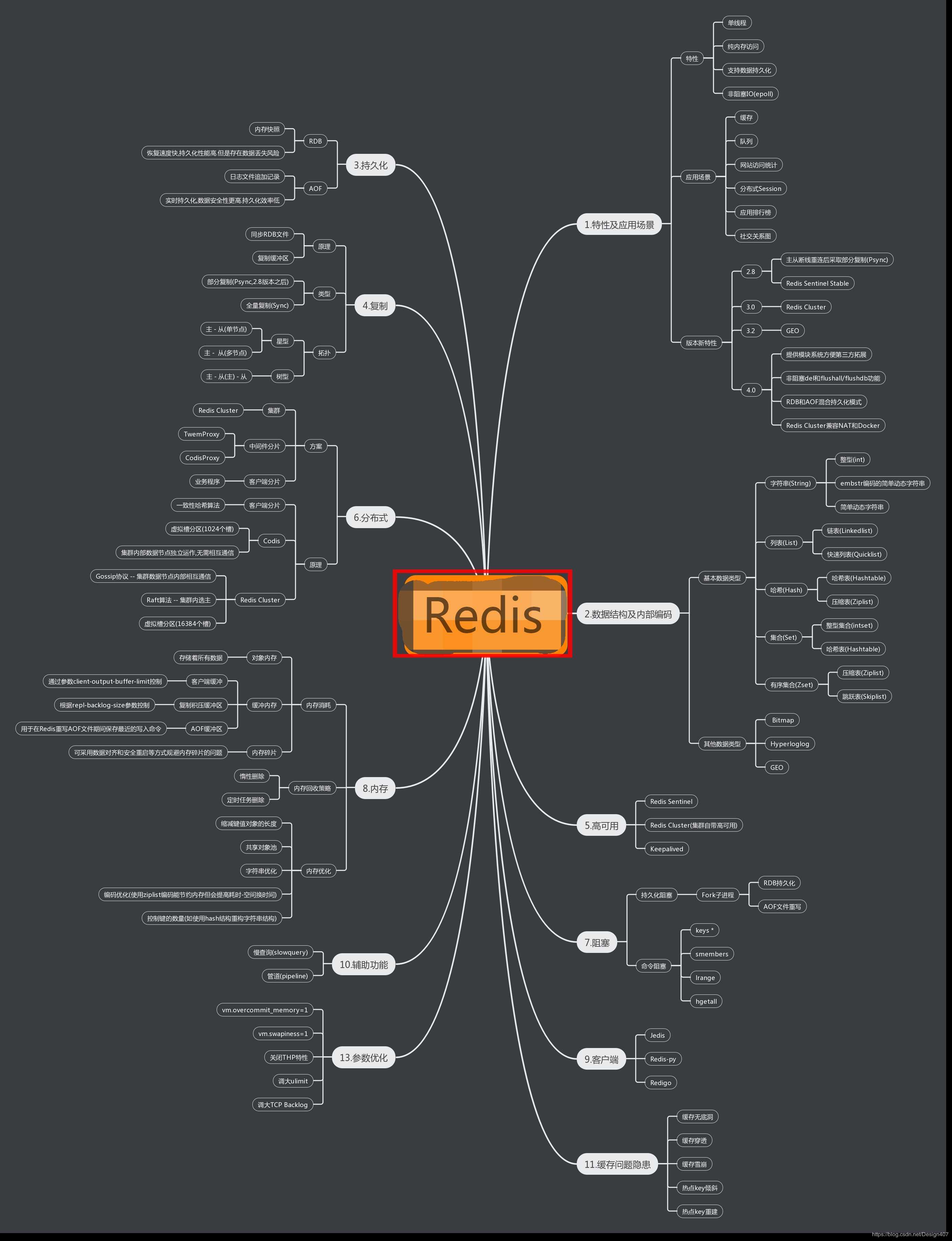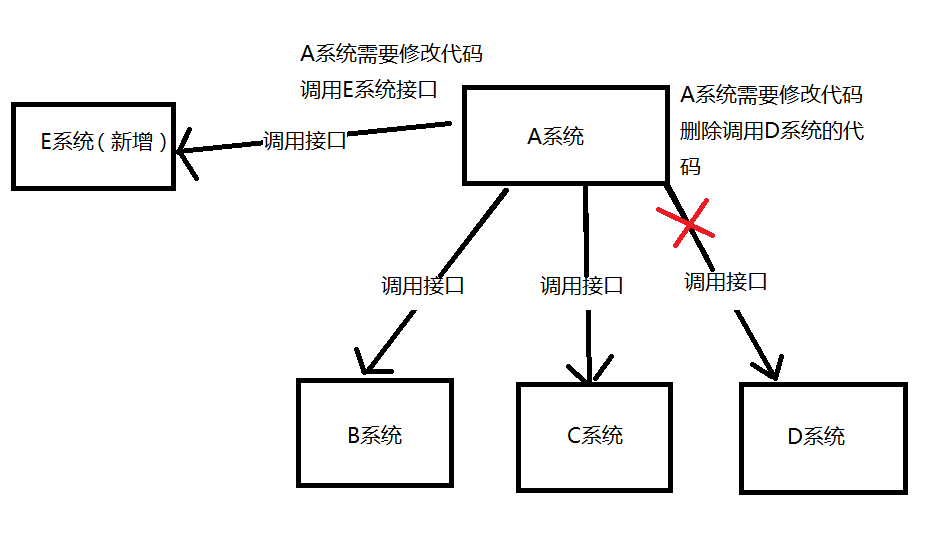实现 DirectShow 虚拟 Camera 驱动
Hi,大家好,我是编程小6,很荣幸遇见你,我把这些年在开发过程中遇到的问题或想法写出来,今天说一说实现 DirectShow 虚拟 Camera 驱动,希望能够帮助你!!!。
今天我们要实现一个虚拟 Camera 驱动。有这个驱动,在 播放软件(如 VLC)、视频会议软件、主播视频制作软件(如 OBS)中,就可以播放、加入我们的各种特制内容了。
先看看实现后的效果:
在 OBS 中使用我们的 Camera:

在 Vlc 中播放使用我们的 Camera:

主要实现步骤
说是驱动,其实与真正的物理摄像头驱动是不一样的。我们买的物理摄像头,是通过 USB 与电脑连接,使用 UVC(USB Video Class)规范实现。
在 Windows 平台,实现虚拟 Camera,更简单的方法是基于 DirectShow 实现一个应用层的 Capture Source Filter,而且大部分 Windows 平台的视频软件都会适配 DirectShow Capture。
这篇文章假定你已经了解 DirectShow 的基本框架、工作原理,并且有一点的实践经验。在此基础上,通过这篇文章,能够了解到虚拟 Camera 的实现必要工作,并通过下面的基本步骤,可以完成一个真正的可以工作的虚拟 Camera。
通过实践总结下来,实现虚拟 Camera 需要以下几步:
- 实现 IMediaFilter、IPin,实现基本的Pin 管理,图像输出
- 实现 IKsPropertySet,声明 Pin 的类型(Capture、Preview)
- 实现 IAMStreamConfig,支持 Camera 配置,如分辨率,帧率
- 实现 IPropertyPage,支持配置的 Sheet(对话框),比如输入虚拟数据源的地址
- 实现 ISpecifyPropertyPages,对外声明,本 Filter 支持的配置的 Sheet
- 实现 Capture 的注册,注册为 Camera 设备,让其他软件能够找到你
实现 IMediaFilter、IPin
实现 IMediaFilter、IPin,是实现 DirectShow Source Filter 的基本任务。可以参考我的另外两篇文章:
播放器插件实现系列 —— DirectShow 之 SourceFilter_Fighting Horse的博客-CSDN博客
基于 DirectShow 实现 SourceFilter 常见问题分析_Fighting Horse的博客-CSDN博客
需要说明的是,Camera 中可用的视频格式是有限的。除了未压缩的 RGB、YUV 格式,只支持 MJPG 格式。这是行业的常规标准,也是出于成本考虑,支持视频编码的摄像头肯定要贵一些。
因此如果输入源是视频文件(一般是 H264 编码),想要虚拟为摄像头,就要考虑其他方案了,否则使用 Camera 的软件基本上用不了你的 Camera。
实现 IKsPropertySet
通过接口 IKsPropertySet,声明 Pin 是 CAPTURE 类型的。
接口 IKsPropertySet 有三个方法:
| Method | Description |
|---|---|
| Get | Retrieves a property identified by a property set GUID and a property ID. |
| QuerySupported | Determines whether an object supports a specified property set. |
| Set | Sets a property identified by a property set GUID and a property ID. |
不支持任何设置操作:
// Set: Cannot set any properties.
HRESULT CMyCapturePin::Set(REFGUID guidPropSet, DWORD dwID,
void *pInstanceData, DWORD cbInstanceData, void *pPropData,
DWORD cbPropData)
{
return E_NOTIMPL;
}
只支持获取 catagory 属性:
// Get: Return the pin category (our only property).
HRESULT CMyCapturePin::Get(
REFGUID guidPropSet, // Which property set.
DWORD dwPropID, // Which property in that set.
void *pInstanceData, // Instance data (ignore).
DWORD cbInstanceData, // Size of the instance data (ignore).
void *pPropData, // Buffer to receive the property data.
DWORD cbPropData, // Size of the buffer.
DWORD *pcbReturned // Return the size of the property.
)
{
if (guidPropSet != AMPROPSETID_Pin)
return E_PROP_SET_UNSUPPORTED;
if (dwPropID != AMPROPERTY_PIN_CATEGORY)
return E_PROP_ID_UNSUPPORTED;
if (pPropData == NULL && pcbReturned == NULL)
return E_POINTER;
if (pcbReturned)
*pcbReturned = sizeof(GUID);
if (pPropData == NULL) // Caller just wants to know the size.
return S_OK;
if (cbPropData < sizeof(GUID)) // The buffer is too small.
return E_UNEXPECTED;
*(GUID *)pPropData = PIN_CATEGORY_CAPTURE;
return S_OK;
}还是只支持 CATAGORY 属性,只读:
// QuerySupported: Query whether the pin supports the specified property.
HRESULT CMyCapturePin::QuerySupported(REFGUID guidPropSet, DWORD dwPropID,
DWORD *pTypeSupport)
{
if (guidPropSet != AMPROPSETID_Pin)
return E_PROP_SET_UNSUPPORTED;
if (dwPropID != AMPROPERTY_PIN_CATEGORY)
return E_PROP_ID_UNSUPPORTED;
if (pTypeSupport)
// We support getting this property, but not setting it.
*pTypeSupport = KSPROPERTY_SUPPORT_GET;
return S_OK;
}实现 Capture 的注册
只是声明 Pin 的类型,并不能让其他应用觉得你是一个 Camera。这比较令人泄气,毕竟没有什么比在其他应用中的看到我们的存在更令人兴奋了。
所以这一步是很关键的,当完成这一步之后,我们可以在其他应用中可以间接的操作我们的 Camera,调试我们的代码。
与一般 DirectShow Filter 的注册不一样的是,Capture Filter 还需要注册到 VideoInputDeviceCategory 中。
IFilterMapper2* fm = 0;
hr = CreateComObject(CLSID_FilterMapper2, IID_IFilterMapper2, fm);
if (SUCCEEDED(hr))
{
if (bRegister)
{
IMoniker* pMoniker = 0;
REGFILTER2 rf2;
rf2.dwVersion = 1;
rf2.dwMerit = MERIT_DO_NOT_USE;
rf2.cPins = 1;
rf2.rgPins = sudMyPin;
// this is the name that actually shows up in VLC et al. weird
hr = fm->RegisterFilter(CLSID_MyCamera, g_wszMyCamera, &pMoniker, &CLSID_VideoInputDeviceCategory, NULL, &rf2);
pMoniker->Release();
}
else
{
hr = fm->UnregisterFilter(&CLSID_VideoInputDeviceCategory, 0, CLSID_MyCamera);
}
}
// release interface
//
if (fm)
fm->Release();从注册表中,可以找到注册的结果:
实现 IAMStreamConfig
通过接口 IAMStreamConfig,对外暴露图像格式的细节。与 IPin::EnumMediaTypes 不同,这里给出的是各种配置参数的范围、可选值,也支持配置各种参数的值。
| IAMStreamConfig::GetFormat The GetFormat method retrieves the current or preferred output format. |
| IAMStreamConfig::GetNumberOfCapabilities The GetNumberOfCapabilities method retrieves the number of format capabilities that this pin supports. |
| IAMStreamConfig::GetStreamCaps The GetStreamCaps method retrieves a set of format capabilities. |
| IAMStreamConfig::SetFormat The SetFormat method sets the output format on the pin. |
HRESULT STDMETHODCALLTYPE CMyCapturePin::GetNumberOfCapabilities(int* piCount, int* piSize)
{
*piCount = 1;
*piSize = sizeof(VIDEO_STREAM_CONFIG_CAPS); // VIDEO_STREAM_CONFIG_CAPS is an MS struct
return S_OK;
}
外部获取各种配置参数的范围、可选值
HRESULT STDMETHODCALLTYPE CMyCapturePin::GetStreamCaps(int iIndex, AM_MEDIA_TYPE** pmt, BYTE* pSCC)
{
CAutoLock cAutoLock(m_pFilter->pStateLock());
HRESULT hr = GetMediaType(&m_mt); // setup then re-use m_mt ... why not?
// some are indeed shared, apparently.
if (FAILED(hr))
{
return hr;
}
*pmt = CreateMediaType(&m_mt); // a windows lib method, also does a copy for us
if (*pmt == NULL) return E_OUTOFMEMORY;
DECLARE_PTR(VIDEO_STREAM_CONFIG_CAPS, pvscc, pSCC);
/*
most of these are listed as deprecated by msdn... yet some still used, apparently. odd.
*/
pvscc->VideoStandard = AnalogVideo_None;
pvscc->InputSize.cx = m_info->format.video.width;
pvscc->InputSize.cy = m_info->format.video.height;
// most of these values are fakes..
pvscc->MinCroppingSize.cx = m_info->format.video.width;
pvscc->MinCroppingSize.cy = m_info->format.video.height;
pvscc->MaxCroppingSize.cx = m_info->format.video.width;
pvscc->MaxCroppingSize.cy = m_info->format.video.height;
pvscc->CropGranularityX = 1;
pvscc->CropGranularityY = 1;
pvscc->CropAlignX = 1;
pvscc->CropAlignY = 1;
pvscc->MinOutputSize.cx = m_info->format.video.width;
pvscc->MinOutputSize.cy = m_info->format.video.height;
pvscc->MaxOutputSize.cx = m_info->format.video.width;
pvscc->MaxOutputSize.cy = m_info->format.video.height;
pvscc->OutputGranularityX = 1;
pvscc->OutputGranularityY = 1;
pvscc->StretchTapsX = 1; // We do 1 tap. I guess...
pvscc->StretchTapsY = 1;
pvscc->ShrinkTapsX = 1;
pvscc->ShrinkTapsY = 1;
pvscc->MinFrameInterval = 500000; // the larger default is actually the MinFrameInterval, not the max
pvscc->MaxFrameInterval = 500000000; // 0.02 fps 🙂 [though it could go lower, really...]
pvscc->MinBitsPerSecond = (LONG)1 * 1 * 8 * m_info->format.video.frame_rate; // if in 8 bit mode 1x1. I guess.
pvscc->MaxBitsPerSecond = (LONG)m_info->format.video.width * m_info->format.video.height * 32 * m_info->format.video.frame_rate + 44; // + 44 header size? + the palette?
return hr;
}
外部获取当前媒体格式:
HRESULT STDMETHODCALLTYPE CMyCapturePin::GetFormat(AM_MEDIA_TYPE** ppmt)
{
CAutoLock cAutoLock(m_pFilter->pStateLock());
if (!m_bFormatAlreadySet) {
HRESULT hr = GetMediaType(&m_mt); // setup with index "0" kind of the default/preferred...I guess...
if (FAILED(hr))
{
return hr;
}
}
*ppmt = CreateMediaType(&m_mt); // windows internal method, also does copy
return S_OK;
}
外部配置媒体格式:
HRESULT STDMETHODCALLTYPE CMyCapturePin::SetFormat(AM_MEDIA_TYPE* pmt)
{
CAutoLock cAutoLock(m_pFilter->pStateLock());
// I *think* it can go back and forth, then. You can call GetStreamCaps to enumerate, then call
// SetFormat, then later calls to GetMediaType/GetStreamCaps/EnumMediatypes will all "have" to just give this one
// though theoretically they could also call EnumMediaTypes, then Set MediaType, and not call SetFormat
// does flash call both? what order for flash/ffmpeg/vlc calling both?
// LODO update msdn
// "they" [can] call this...see msdn for SetFormat
// NULL means reset to default type...
if (pmt != NULL)
{
if (pmt->formattype != FORMAT_VideoInfo) // FORMAT_VideoInfo == {CLSID_KsDataTypeHandlerVideo}
return E_FAIL;
// LODO I should do more here...http://msdn.microsoft.com/en-us/library/dd319788.aspx I guess [meh]
// LODO should fail if we're already streaming... [?]
if (CheckMediaType((CMediaType*)pmt) != S_OK) {
return E_FAIL; // just in case 😛 [FME...]
}
VIDEOINFOHEADER* pvi = (VIDEOINFOHEADER*)pmt->pbFormat;
// for FMLE's benefit, only accept a setFormat of our "final" width [force setting via registry I guess, otherwise it only shows 80x60 whoa!]
// flash media live encoder uses setFormat to determine widths [?] and then only displays the smallest? huh?
if (pvi->bmiHeader.biWidth != m_info->format.video.width ||
pvi->bmiHeader.biHeight != m_info->format.video.height)
{
return E_INVALIDARG;
}
// ignore other things like cropping requests for now...
// now save it away...for being able to re-offer it later. We could use Set MediaType but we're just being lazy and re-using m_mt for many things I guess
m_mt = *pmt;
}
IPin* pin;
ConnectedTo(&pin);
if (pin)
{
IFilterGraph* pGraph = m_pFilter->GetFilterGraph();
HRESULT res = pGraph->Reconnect(this);
if (res != S_OK) // LODO check first, and then just re-use the old one?
return res; // else return early...not really sure how to handle this...since we already set m_mt...but it's a pretty rare case I think...
// plus ours is a weird case...
}
else {
// graph hasn't been built yet...
// so we're ok with "whatever" format they pass us, we're just in the setup phase...
}
// success of some type
if (pmt == NULL) {
m_bFormatAlreadySet = FALSE;
}
else {
m_bFormatAlreadySet = TRUE;
}
return S_OK;
}
实现 IPropertyPage
通过 IPropertyPage 提供自定义的 Camera 配置或者信息展示的 UI 页面,其他应用也可以给用户展示该页面。
对于虚拟 Camera 来说,自定义的配置的最大用处是让用户输入图像数据的来源。比如将一个视频文件虚拟为 Camera,那么就要做一个 UI 界面,让用户选择他的视频文件。这个工作就在这一步完成。
如上图,这里我们只实现了一个输入框。
DirectShow baseclasses 提供了 CPropertyPage 类帮助实现 IPropertyPage,我们只需要实现下列方法,就可以工作了:
virtual HRESULT OnConnect(IUnknown* pUnk);
virtual HRESULT OnActivate();
virtual INT_PTR OnReceiveMessage(HWND hwnd,
UINT uMsg, WPARAM wParam, LPARAM lParam);
virtual HRESULT OnApplyChanges();
virtual HRESULT OnDisconnect();
不过,还需要我们自己添加对话框资源,开发过 MFC 界面程序的程序员,应该都知道。不知道也很简单,通过拖拽一些控件就能够完成了。需要说明的是,新建对话框时,选择 IDD_OLE_PROPPAGE_SMALL。
在进一步实现 CPropertyPage 前,还需要定义并实现自己的读写配置值的接口:
DEFINE_GUID(IID_ICameraConfig,
0x608b220, 0xe2f8, 0x4ddb, 0x99, 0xb6, 0xbf, 0xe5, 0x54, 0x25, 0xa9, 0xee);
interface ICameraConfig : public IUnknown
{
STDMETHOD(GetUrl)(LPCTSTR* psUrl) = 0;
STDMETHOD(SetUrl)(LPCTSTR sUrl) = 0;
};
实现该接口:
STDMETHODIMP_(HRESULT __stdcall) CMyCamera::GetUrl(LPCTSTR* psUrl)
{
*psUrl = m_URL;
return S_OK;
}
STDMETHODIMP_(HRESULT __stdcall) CMyCamera::SetUrl(LPCTSTR sUrl)
{
lstrcpyW(m_URL, sUrl);
Load(m_URL, NULL);
return S_OK;
}
接下来就是实现 CPropertyPage 的几个方法了:
在连接时,查询并保存配置接口 ICameraConfig 对象:
HRESULT CMyPropertyPage::OnConnect(IUnknown* pUnk)
{
if (pUnk == NULL)
{
return E_POINTER;
}
ASSERT(m_pConfig == NULL);
return pUnk->QueryInterface(IID_ICameraConfig,
reinterpret_cast<void**>(&m_pConfig));
}
在激活时,对话框窗口已经创建了,可以填入当前的配置值:
HRESULT CMyPropertyPage::OnActivate()
{
ASSERT(m_pConfig != NULL);
LPCTSTR url;
HRESULT hr = m_pConfig->GetUrl(&url);
if (SUCCEEDED(hr))
{
SendDlgItemMessage(m_Dlg, IDC_URL, WM_SETTEXT, 0, (LPARAM)url);
}
return hr;
}
在收到 Windows 消息时,比如文本框文字改变时,标记配置值被修改了:
INT_PTR CMyPropertyPage::OnReceiveMessage(HWND hwnd, UINT uMsg, WPARAM wParam, LPARAM lParam)
{
switch (uMsg)
{
case WM_COMMAND:
if (wParam == MAKEWPARAM(IDC_URL, EN_CHANGE)) {
if (IsWindowVisible(m_hwnd))
SetDirty();
}
break;
} // Switch.
// Let the parent class handle the message.
return CBasePropertyPage::OnReceiveMessage(hwnd, uMsg, wParam, lParam);
}
void CMyPropertyPage::SetDirty()
{
m_bDirty = TRUE;
if (m_pPageSite)
{
m_pPageSite->OnStatusChange(PROPPAGESTATUS_DIRTY);
}
}
在用户点击“确认”或者"应用" 时,写入新的配置值:
HRESULT CMyPropertyPage::OnApplyChanges() {
ASSERT(m_pConfig != NULL);
TCHAR url[MAX_PATH];
SendDlgItemMessage(m_Dlg, IDC_URL, WM_GETTEXT, MAX_PATH, (LPARAM)url);
HRESULT hr = m_pConfig->SetUrl(url);
return hr;
}
在断开连接时,释放配置接口 ICameraConfig 对象:
HRESULT CMyPropertyPage::OnDisconnect()
{
if (m_pConfig)
{
m_pConfig->Release();
m_pConfig = NULL;
}
return S_OK;
}
实现 ISpecifyPropertyPages
只有 IPropertyPage 并没有展示出配置界面。还需要实现 ISpecifyPropertyPages 接口。该接口只有一个方法:
| ISpecifyPropertyPages::GetPages Retrieves a list of property pages that can be displayed in this object's property sheet. |
该方法返回一个 GUID 数组,但是应该返回什么 GUID,文档中说得很模糊。
在尝试了很久之后,才明白,需要将上面的 IPropertyPage 对象像 DirectShow Filter 一样注册,然后在这里返回对应的 CLSID。
注册 CMyPropertyPage:
CFactoryTemplate g_Templates[] =
{
......,
{
L"My Camera Property Page",
& CLSID_MyCameraPropertyPage,
CMyPropertyPage::CreateInstance,
NULL,
NULL
}
};
实现 GetPages 方法:
STDMETHODIMP_(HRESULT __stdcall) CMyCamera::GetPages(CAUUID* pPages)
{
pPages->cElems = 1;
pPages->pElems = (GUID*)CoTaskMemAlloc(sizeof(GUID));
if (pPages->pElems == NULL)
{
return E_OUTOFMEMORY;
}
pPages->pElems[0] = CLSID_MyCameraPropertyPage;
return S_OK;
}
今天的分享到此就结束了,感谢您的阅读,如果确实帮到您,您可以动动手指转发给其他人。
上一篇
已是最后文章
下一篇
已是最新文章













